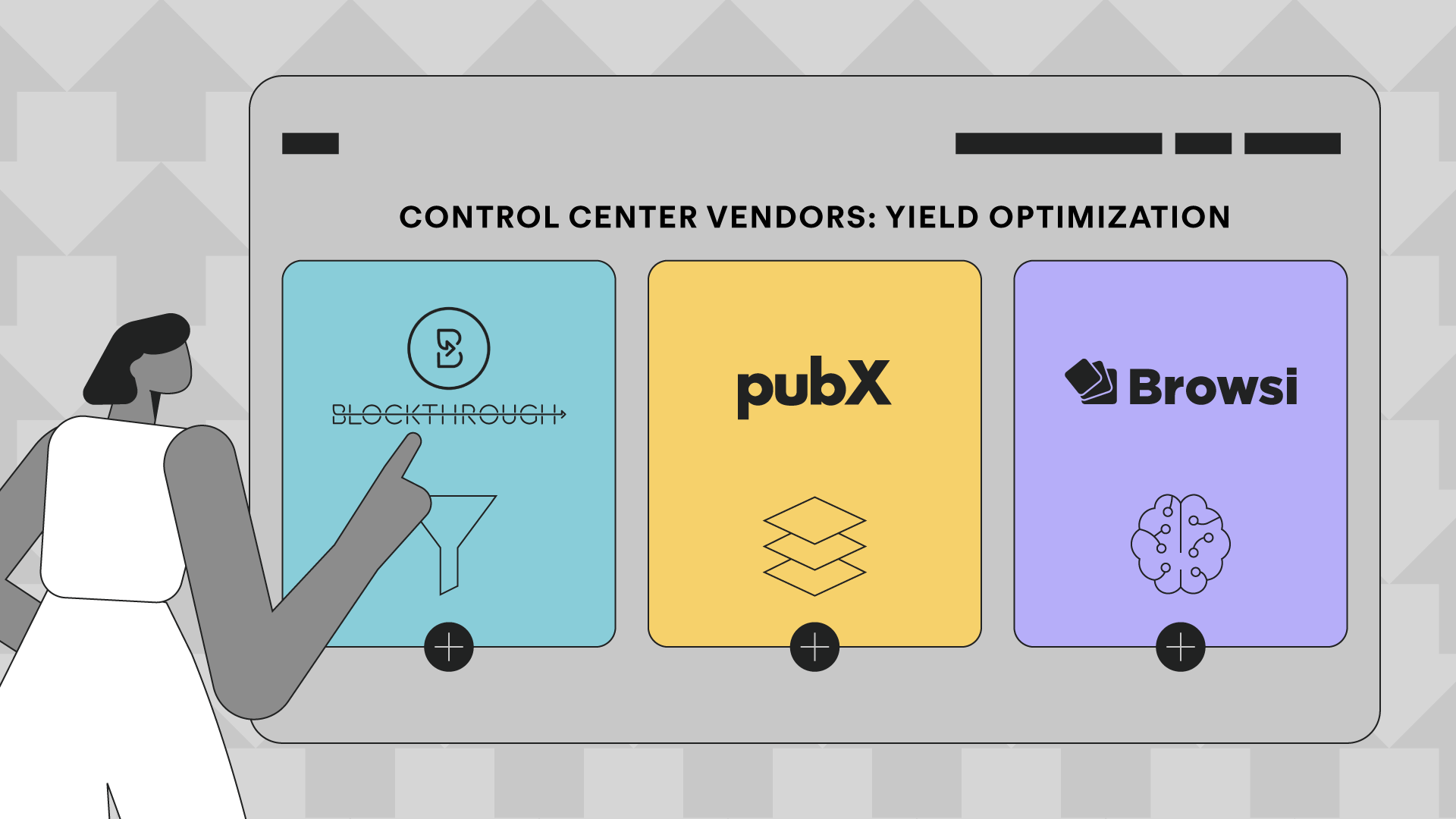
How Control Center Partners are Making Yield Optimization Tools More Accessible
Magnite Team
April 10, 2024 | 5 min read
Control Center is Demand Manager’s “App Store” for third-party partners, offering an array of easily configurable solutions to help publishers drive the best outcomes across their media operations.
The Evolving Yield Optimization Space
An increasing focus on privacy, evolving content consumption habits, and the loss of audience signals have pushed publishers to adjust their yield optimization strategies. As a result, publishers continue to explore ways to balance driving revenue, ensuring privacy compliance, and delivering superior user experiences. A key benefit of using yield optimization partners via the Control Center integration is that the costs are offset by the revenue they generate, effectively meaning partner solutions come at no additional cost but drive significant incremental revenue for the publisher. The seamless integration of partners via Control Center, makes yield optimization tools accessible to all publishers.
This article highlights a handful of our yield optimization partners, enabling publishers to maximize yield while maintaining the optimal user experience.
Blockthrough – Seamlessly Recover Ad Blocked Revenue
What is Blockthrough, and how does it benefit publishers?
The average publisher can lose anywhere from 10-40% of their revenue to ad blocking (Blockthrough, 2022). Blockthrough enables publishers to recover some of that revenue by catering to ad-filtering users. Blockthrough plugs into publishers’ existing tech stack to scan ad creatives for compliance with the Acceptable Ads Standard to activate this “hidden” audience. This allows publishers to respect the choice and experience of ad-filtering users, all while generating incremental revenue. This approach promotes minimal friction, prevents page abandonment, and preserves the intrinsic value exchange between publishers and users on the Web.
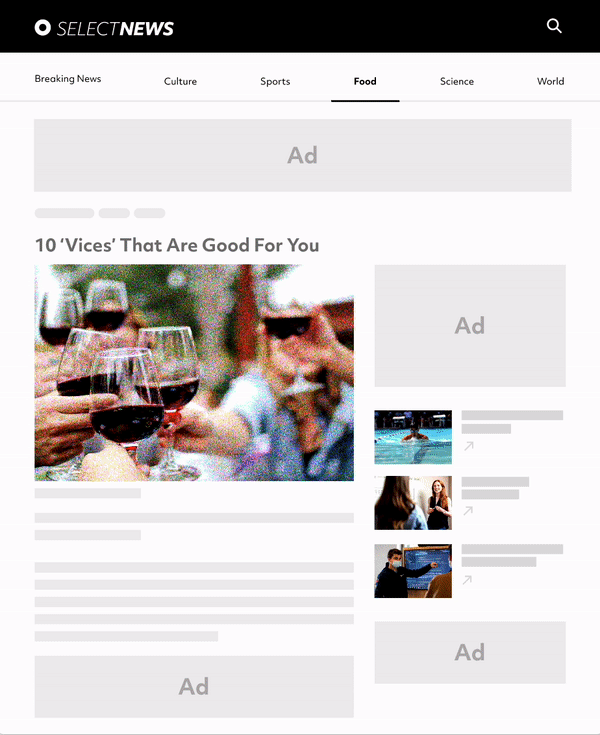
The Acceptable Ads Standard means no animation distractions, approved location and size, and sees ads clearly labeled.
What is the difference between Ad Blocking and Ad Filtering, and why is that important?
It’s important to note that ‘ad blocking’ no longer means what it used to, as most ad blockers on the market integrate some form of ad filtering. Over 300 million of those ad-filtering users understand how advertising helps keep the internet free to use and are willing to view a “filtered” ad experience with noninvasive ads – and they don’t hate all ads – just the intrusive and excessive ones (2023 eyeo Ad-Filtering Report, Jan 2024). Catering to these users is important because it’s a middle ground that respects and recognizes their online preferences, as well as their privacy demands, which helps publishers gain incremental revenue in return.
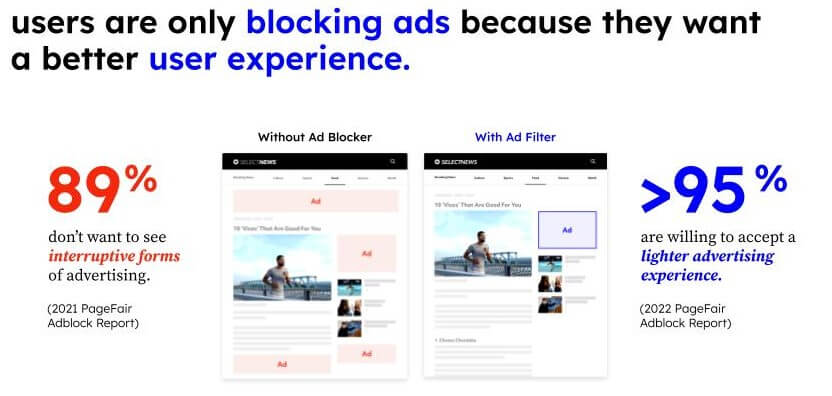
PubX – AI-powered Dynamic Price Flooring
What is PubX, and how does it benefit publishers?
PubX is a dynamic floor pricing tool that interfaces with the publisher’s existing tech stack to help maximize programmatic revenue. PubX uses Machine Learning to set a unique price floor in GAM for every single auction. On average, PubX generates between 5%-15% in incremental revenue. Beyond this, the automated nature of PubX saves publishers time and resources as they no longer have to manually manage flooring strategies while competing with buy-side algorithms.
Furthermore, PubX doesn’t require wholesale adoption of new technology – it seamlessly integrates into a publisher’s current wrapper and Ad Server to deliver floors dynamically to the market. PubX also does not transact the flow of media – the entire focus and incentive is on delivering incremental value to the publishers.
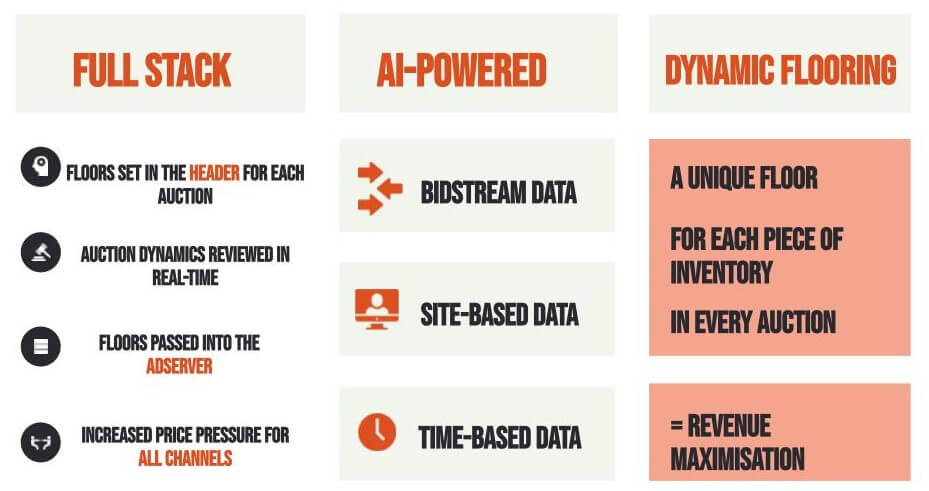
What role does Artificial Intelligence play in floor pricing?
The PubX team is ex-buyside with first-hand knowledge of AI’s role in bid decisioning. Publishers should adopt the same technology to ensure they are protecting the market value of their inventory. Every website is different, and there are many factors that influence prices. PubX uses an Artificial Neural Network to capture the specific weighting of these features in the perfect model for each site and constantly loops in feedback data to ensure this remains the best fit at all times, in real time.
Browsi – Revenue Uplift through Personalized Ad Placements
What is Browsi, and how does it benefit publishers?
Browsi is an AI-powered platform designed to optimize ad placement and maximize revenue for publishers. By leveraging machine learning algorithms, Browsi analyzes user behavior and content context in real-time to dynamically adjust ad placements for optimal performance. This allows publishers to deliver a seamless user experience while maximizing their ad revenue potential. With Browsi, publishers can achieve higher viewability rates, increased engagement, and improved monetization across their digital properties.
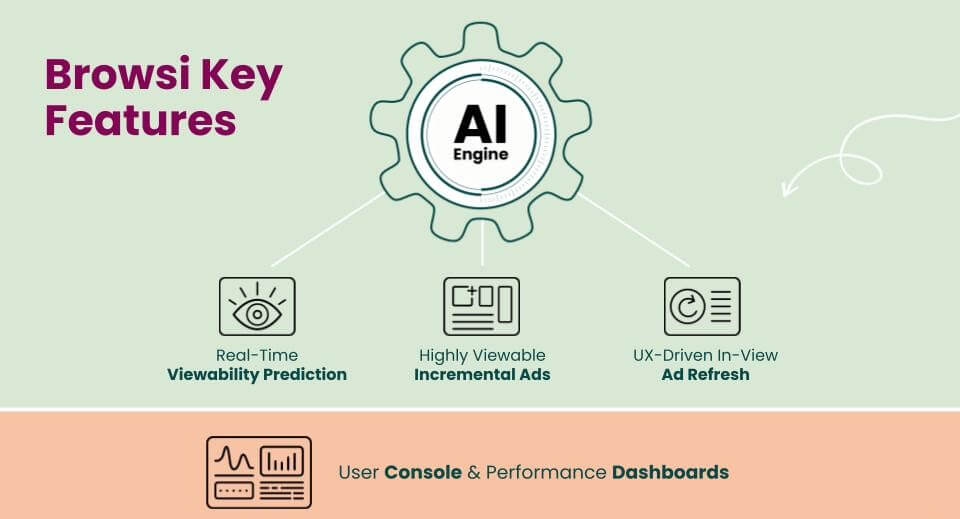
How can Artificial Intelligence be used to improve viewability and yield?
Artificial Intelligence plays a crucial role in enhancing viewability and yield for publishers by enabling predictive analytics and automated decision-making. By analyzing vast amounts of data in real-time, AI algorithms can identify patterns and trends in user behavior, allowing publishers to deliver ads at the right time and in the right context to maximize viewability. Additionally, AI-driven optimization algorithms can dynamically adjust ad placements based on factors such as user engagement, content relevance, and device type, helping publishers achieve higher viewability rates and increased yield from their inventory.
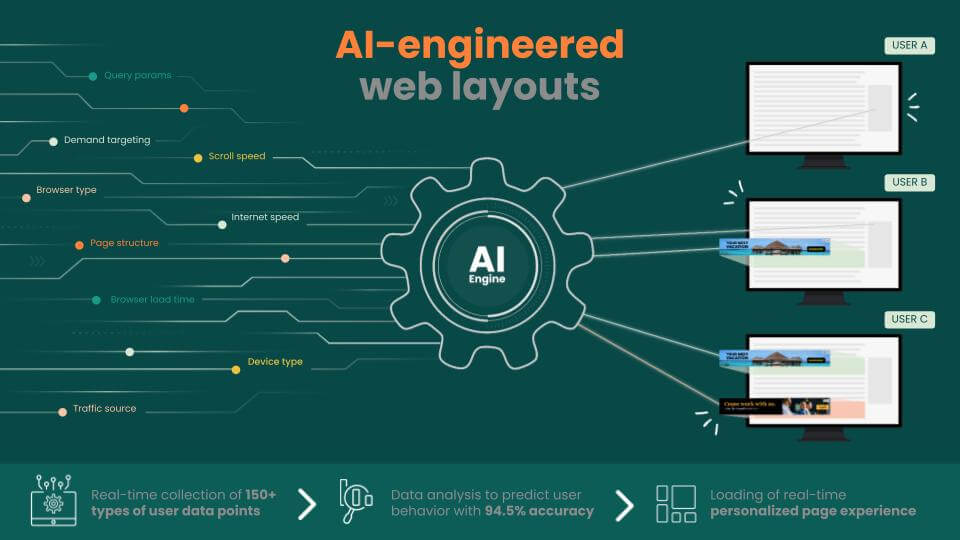
Magnite previously reported how GAMINGbible drove a 39.5% increase in won impressions when testing Browsi through a Control Center integration leveraging the incremental ad positioning solution. We continue to see similar success with others when integrating Browsi via Control Center. For example, in APAC, two separate publishers recently achieved 66% and 35% revenue uplifts, respectively.
Interested in finding out more about Magnite’s Control Center and integrations, please reach out to your Magnite Account Manager.
Tags: Monetization, publishers, Sellers, Yield
Contact Us